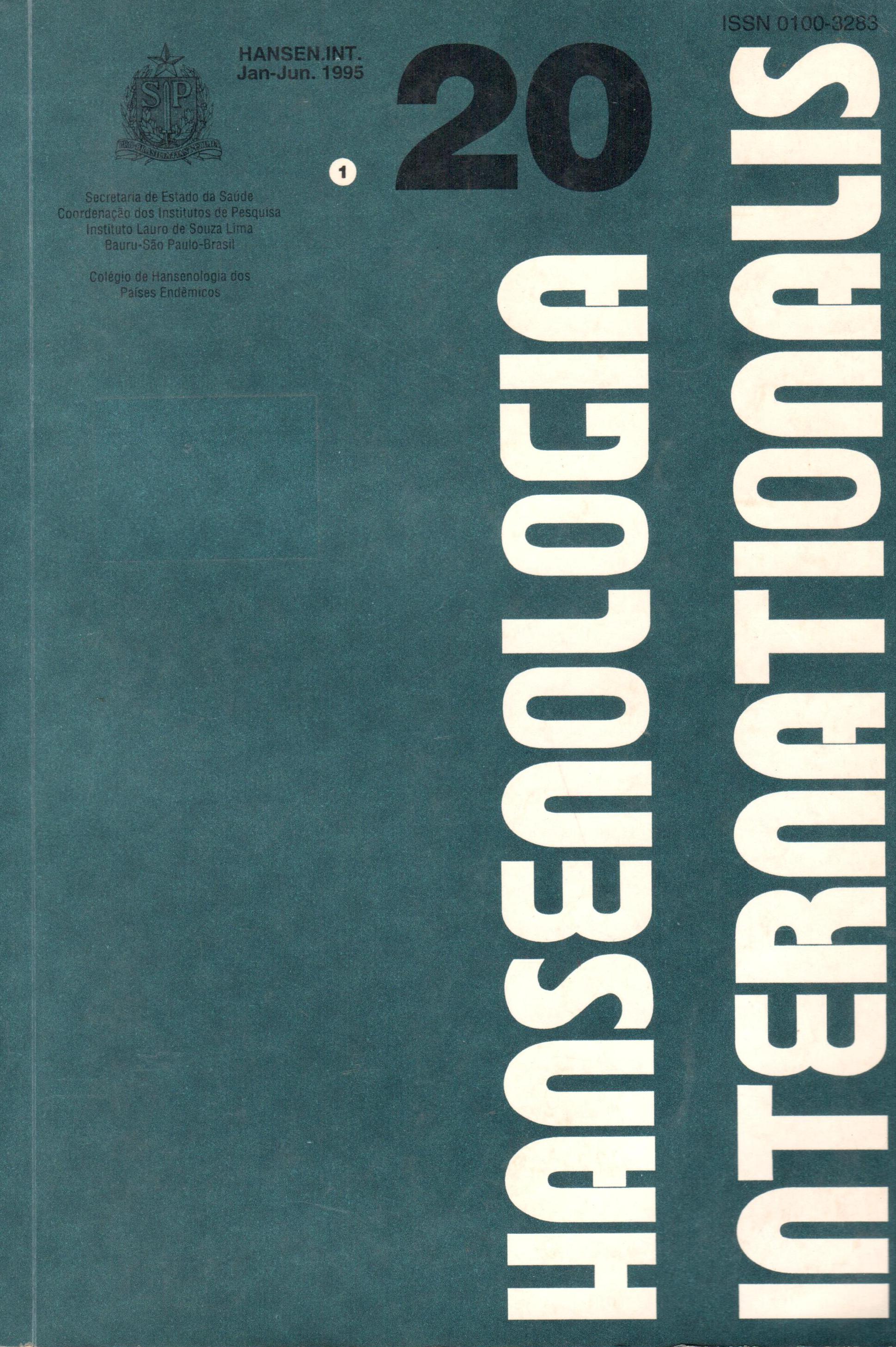Abstract
Advances in the therapy and the introduction of MDT, as well as changes in the concept of cure have led to a new reality in the century-old history of Hansen's disease in the world, reversing the flow of entry and discharge from the records, with a significant decrease of prevalence rates. In Brazil, after investments in service reorganization, with emphasis in personnel upgrading and the constant supply of medication, results were noticed up from 1991. In the State of São Paulo, historic prevalence series from 1924 to 1994 show a decrease since the seventies, with an even more marked decrease from 1991, with the introduction of MDT. Results from this new scheme in the world were reported in the 44th World Health Conference, in which member countries committed to eliminate Hansen's disease as a public health problem until the year 2000. Finally, documental aspects of these goals are also presented by Brazil and the State of São Paulo, identifying, as a major obstacle to prevalence reduction, in venunes of elimination, the discharge from records criteria accepted for cured cases, allowing for relapses.
References
Universidade de São Paulo.
2. BRASIL. Leis e Decretos. Decreto Lei n.968 de 07/05/1962, Artigo 13. Brasilia: Governo Federal do Brasil.
3. BRASIL. MINISTÉRIO DA SAÚDE. Legislação sobre controle de doenças na área de Dermatologia Sanitária. Portaria n.165 de 14/05/1976.
4. BRASIL. MINISTÉRIO DA SAÚDE. Divisão Nacional de Dermatologia Sanitária da Secretaria Nacional de Programas Especiais de
Saúde. Portaria n°01 de 07/11/1989.
5. BRASIL. MINISTÉRIO DA SAÚDE. Fundação Nacional da Saúde. Centro Nacional de Epidemiologia. Coordenação Nacional de
Dermatologia Sanitária. Informações Epidemiológicas da Hanseníase no Brasil, 1995.
6. BRASIL. MINISTÉRIO DA SAÚDE. Fundação Nacional da Saúde. Centro Nacional de Epidemiologia. Coordenação Nacional de
Dermatologia Sanitária. Prevalência da hanseníase no Brasil de 1986 a 1994 e projeto de prevalência até o ano 2000. Brasília, 1995.
7. BROWNE, S.G., HOGERZEIL, L.M. B 663 in the treatment of leprosy. Leprosy Rev., v.33, p.6-10, 1962.
8. CONFERÊNCIA MUNDIAL DE SAÚDE, 44, Genebra, 1991. Organização Mundial da Saúde.
9. FAGET, G.M., JOHANSEN, F.A., ROSS, H. Sulfanilamide in the treatment of leprosy. Public Health Reports, 57:1892-1899, 1942.
10. LEVY, G.H., SHEPARD, C.C., FASAL, P. The bactericidal effect of rifampicin on M. leprae in man: a) Single doses of 600,900 and 1.200 mg, and b) daily doses of 300 mg. Int. J. Leprosy, v.44, p.183-187, 1976.
11. OPROMOLLA, D.V.A. Firts results of the use of rif amycin SV in the treatment os lepromatous leprosy. In: INTERNATIONAL LEPROSY CONGRESS, 82, Rio deJaneiro, 1963. Transactions.
12. ORGANIZAÇÃO MUNDIAL DA SAÚDE. Manual para controle da hanseníase. OPAS/ OMS, 1993.
13. ORGANIZAÇÃO MUNDIAL DA SAÚDE. Weekly epidemiological record, n.25, Junho, 1993.
14. ORGANIZAÇÃO MUNDIAL DA SAÚDE. Chemotherapy of leprosy for control programmes: report of a WHO study group. Geneve, 1982. (OMS, Serie de Informes Tecnicos, 675)
15. SAO PAULO (Estado). Centro de Vigilância Epidemiológica Dr. Alexandre Vranjac. Divisão Técnica de Hanseníase. Arquivo de
Informações Epidemiológicas.
16. SAO PAULO (Estado). Centro de Vigilância Epidemiológica Dr. Alexandre Vranjac. Divisão Técnica de Hanseníase. Relatório da
endemia hansênica no Estado de Sao Paulo, 1993.
17. SAO PAULO (Estado). Centro de Vigilância Epidemiológica Dr. Alexandre Vranjac. Divisão Técnica de Hanseníase. Relatório da
endemia hansênica no Estado de ado Paulo, 1994.
This journal is licensed under a Creative Commons Attribution 4.0 International License.
